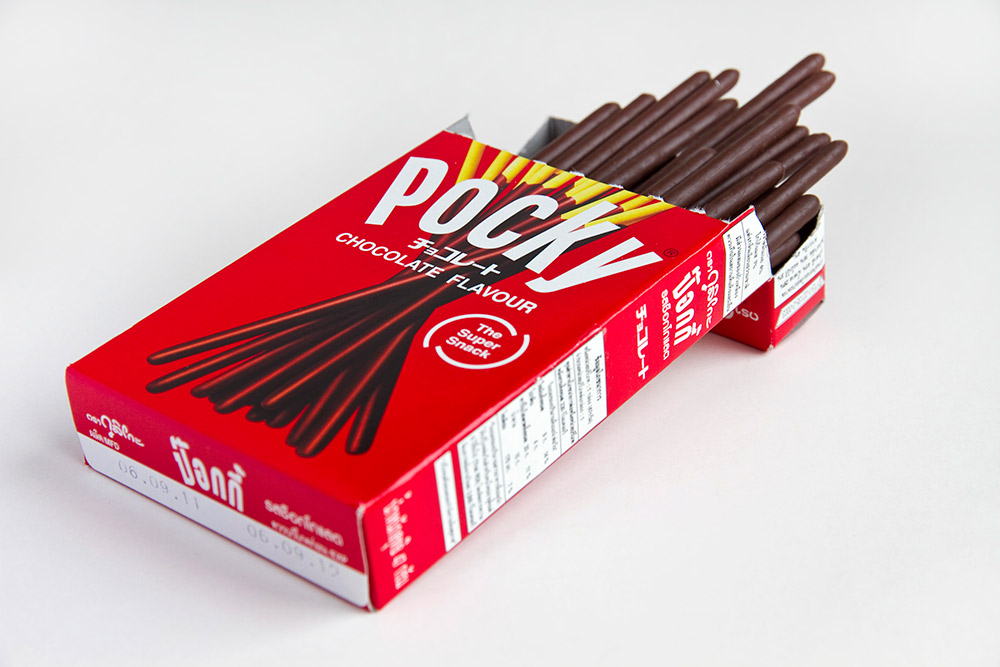History of Origami Day
The art of folding paper arose in several places throughout the world, including Europe, China, and Japan. It has accompanied traditions and celebrations of every kind, including funerals, birthdays, and more. The first actual reference to a paper model is in a poem, which somehow seems appropriate given that such things are traditionally written on paper. In that poem, a butterfly design was referenced in connection to Shinto weddings, but that's just one of many ways that these designs were used.
In Europe, it was napkin folding that was all the rage, a tradition which was abundant during the 17th and 18th centuries as a sign of being a good host or hostess. Sadly, this particular tradition was going to fade out and become nearly forgotten until recently, when it's beginning to see something of a resurgence. When Japan opened its borders in the late 1800's, they started incorporating German paper folding techniques and two worlds came together in a glorious union.
These days Origami has been used as a beacon of hope, with the tradition of folding a thousand cranes being done for people who are in the hospital fighting cancer, for instance.



























